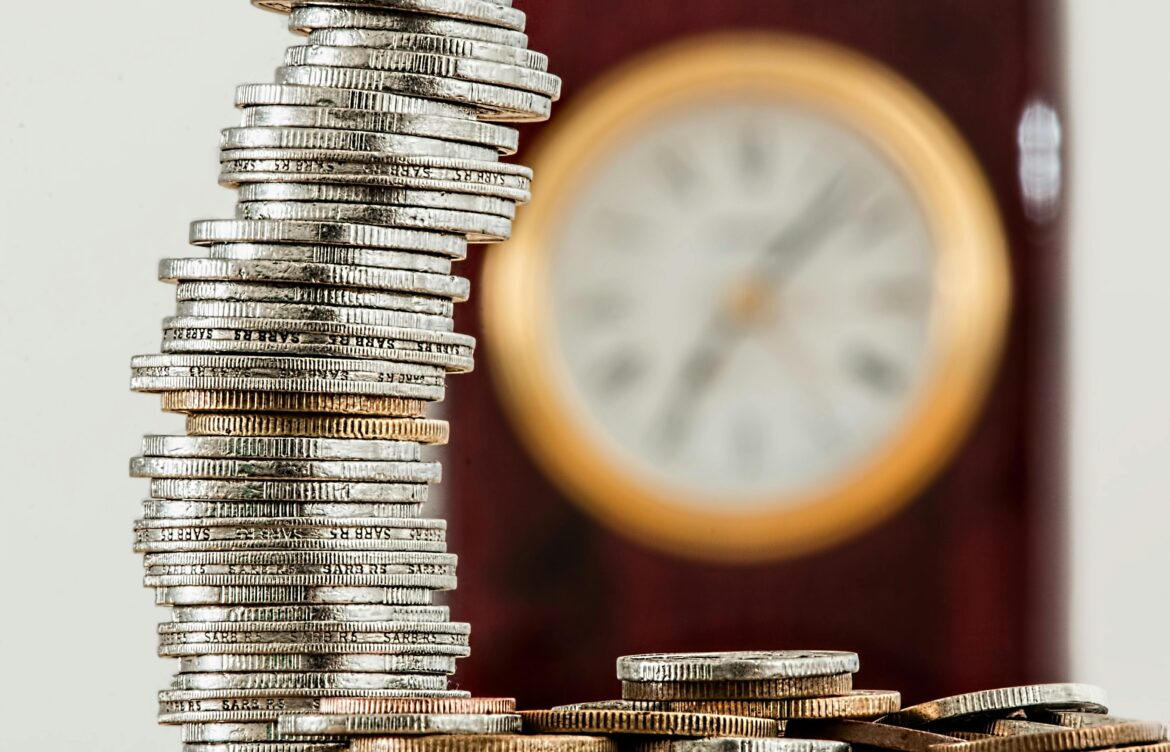
Emergency Funds: Why They Are Essential
Introduction:
Life is unpredictable, and unexpected expenses can arise at any moment, from medical emergencies to car repairs or sudden job loss. An emergency fund is a financial safety net that helps you handle these situations without going into debt. In this article, we will explain the importance of emergency funds, how much to save, and tips for building one effectively.
1. What is an Emergency Fund?
An emergency fund is a dedicated savings account set aside specifically for unforeseen expenses. Unlike regular savings, which may be used for planned goals like vacations or home purchases, emergency funds are reserved solely for urgent and unexpected needs. This fund provides financial security and peace of mind.
2. Why an Emergency Fund is Important
- Avoid Debt: Without a fund, emergencies may force you to rely on credit cards or loans with high interest rates.
- Financial Stability: It provides a buffer during difficult times, reducing stress and anxiety.
- Protects Long-Term Savings: Helps prevent tapping into retirement accounts or other investments prematurely.
- Flexibility: Gives you the freedom to handle emergencies without disrupting your lifestyle.
3. How Much to Save
The ideal size of an emergency fund varies based on your lifestyle and financial obligations:
- Basic Recommendation: 3–6 months of living expenses.
- Job Stability Consideration: If your income is unstable, aim for 6–12 months.
- Household Size and Expenses: Consider dependents, medical costs, and other commitments when calculating the fund.
Regularly review and adjust your fund as your expenses and financial situation change.
4. Where to Keep Your Emergency Fund
- High-Yield Savings Account: Provides accessibility and some interest income.
- Money Market Accounts: Offer higher interest rates while keeping funds relatively liquid.
- Avoid Investments with High Risk: Stocks or mutual funds may fluctuate in value, making them unsuitable for emergencies.
The key is accessibility and security, ensuring the money is available when needed.
5. Tips for Building an Emergency Fund
- Start Small: Begin with a goal of $500–$1,000 and gradually increase.
- Automate Savings: Set up automatic transfers to your emergency account each month.
- Cut Non-Essential Expenses: Redirect savings from unnecessary spending into your fund.
- Use Windfalls Wisely: Bonuses, tax refunds, or gifts can boost your fund quickly.
- Keep It Separate: Avoid mixing emergency savings with regular checking or spending accounts.
6. When to Use Your Emergency Fund
Use your emergency fund only for genuine emergencies, such as:
- Medical bills or unexpected healthcare expenses
- Major car or home repairs
- Temporary job loss or income reduction
- Urgent travel due to family emergencies
Avoid using it for discretionary purchases or routine expenses to maintain its purpose.
7. Replenishing Your Fund
After using your emergency fund, replenish it as soon as possible. Regularly contributing ensures that the fund remains sufficient for future unexpected events. Consider it a top financial priority alongside debt repayment and retirement savings.
Conclusion:
An emergency fund is a crucial component of financial planning. It provides security, prevents debt accumulation, and ensures you can handle unexpected expenses with confidence. By saving consistently, keeping the fund accessible, and using it responsibly, you create a financial safety net that protects your future. Start building your emergency fund today, no matter how small, and gain peace of mind knowing you’re prepared for life’s uncertainties.